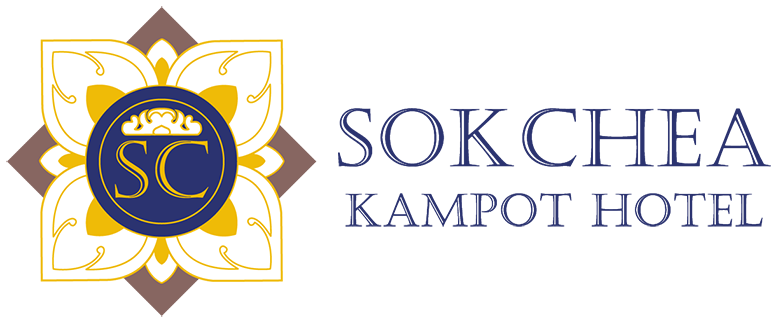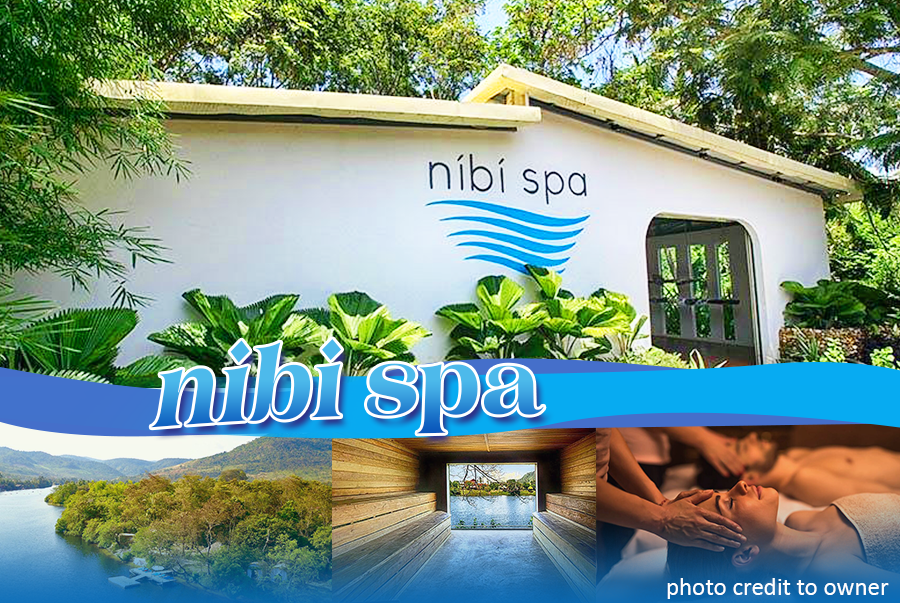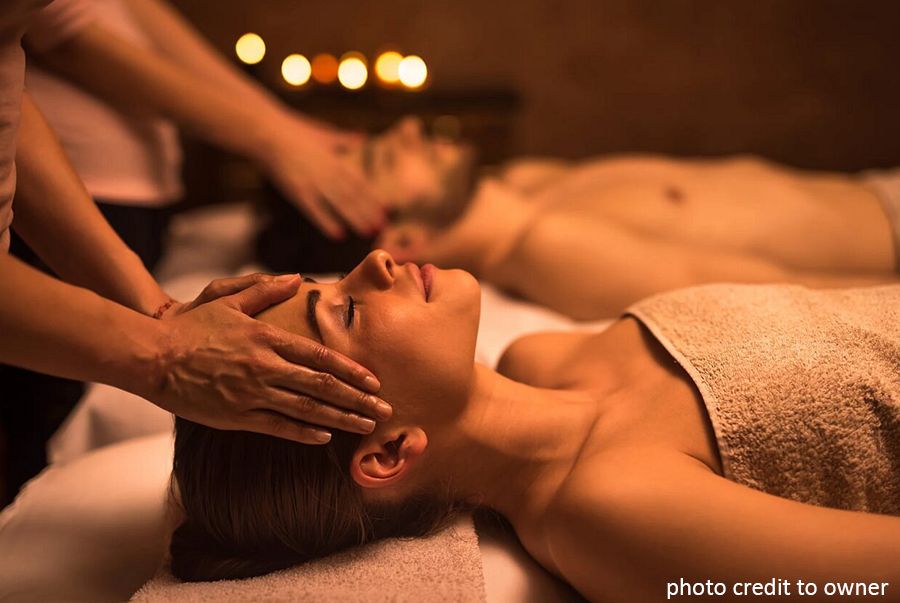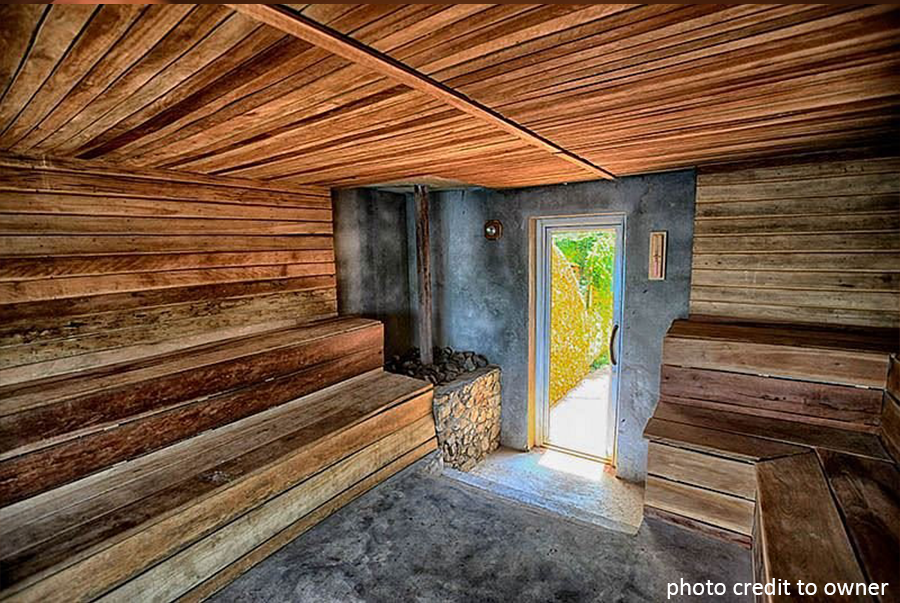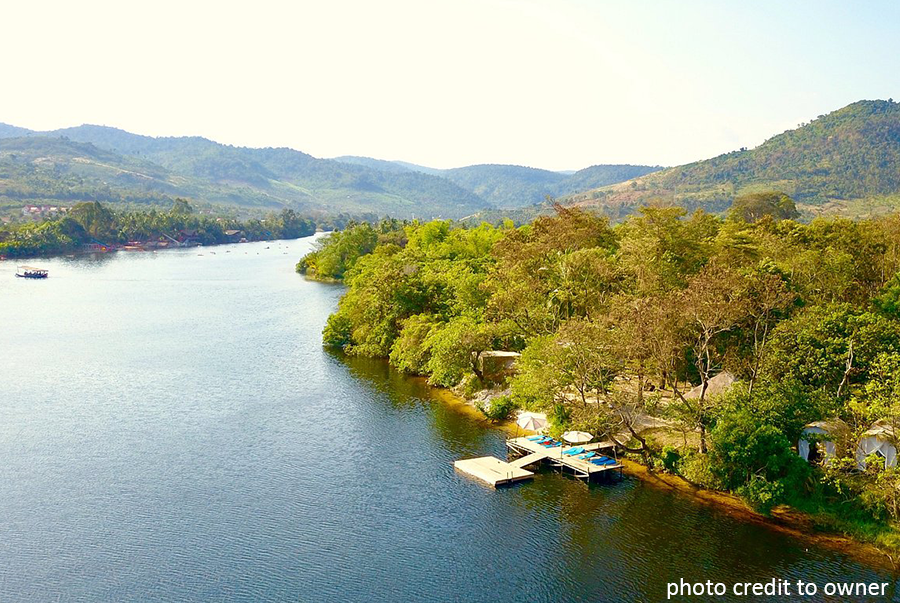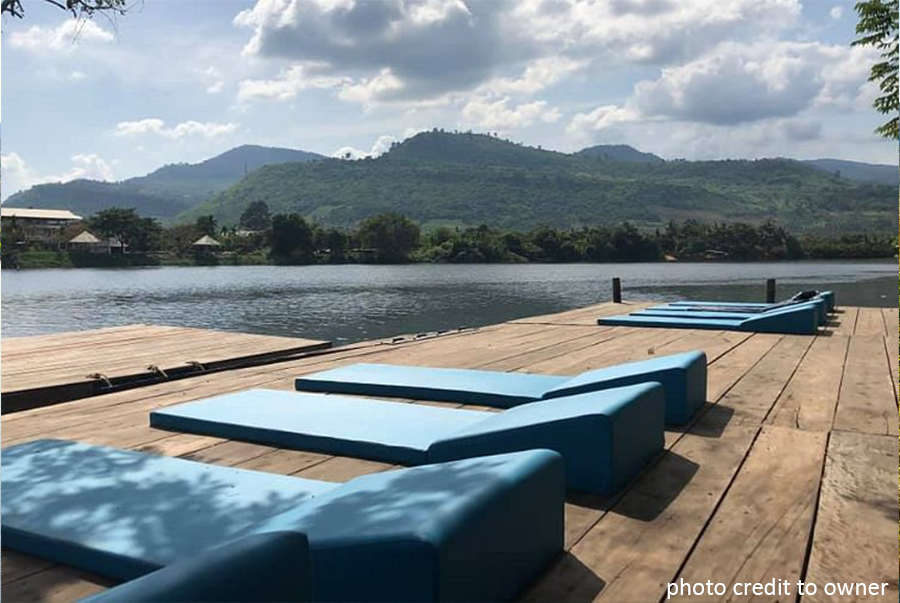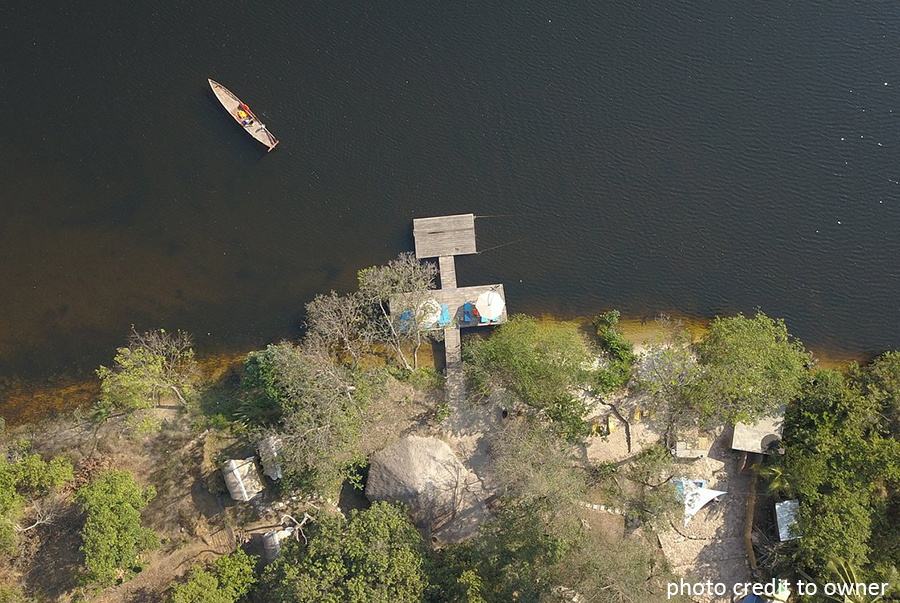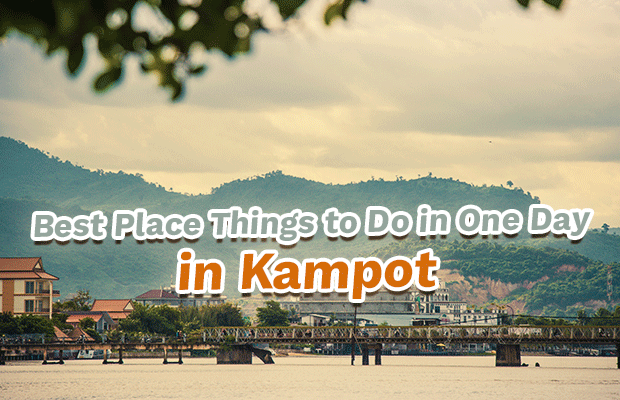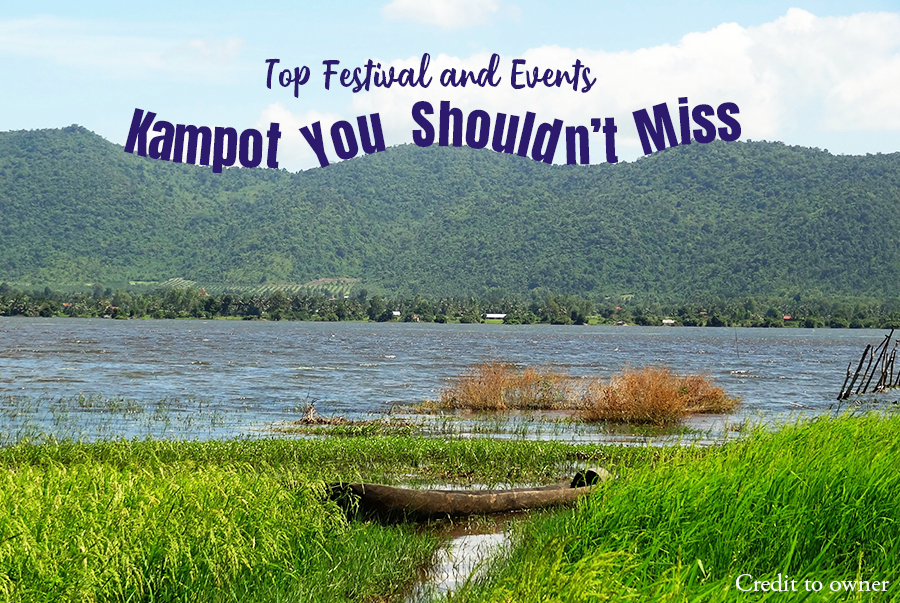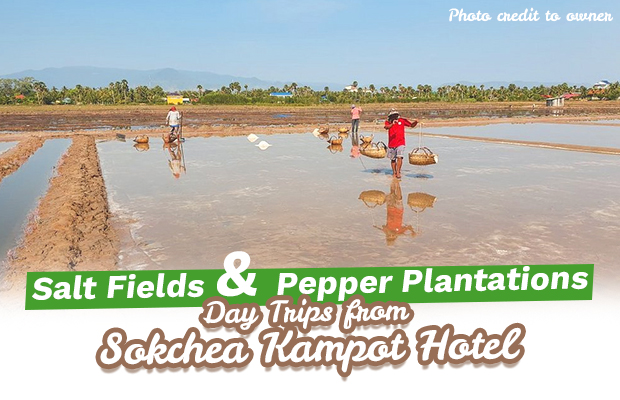If you’re planning a trip to Cambodia, getting a visa no longer has to be a hassle. Thanks to the Cambodia e-Visa system, travelers can now apply for a tourist visa entirely online, saving both time and effort.
The Cambodia e-Visa is available to citizens of most countries and is intended strictly for tourism purposes. If you’re traveling for business, work, or any other reason, you’ll need to apply through a Cambodian embassy instead. The e-Visa is valid for three months from the date of issue and allows for a single entry into Cambodia, with a maximum stay of 30 days.
One of the great benefits of the e-Visa is that it can be used at several key points of entry. You can enter Cambodia through Phnom Penh, Siem Reap, or Sihanoukville International Airports. If you’re arriving by land, the e-Visa is accepted at Bavet (from Vietnam), Poipet (from Thailand), and Cham Yeam (also from Thailand).
The application process is quick and simple. It usually takes about three business days for approval. All you need is a valid passport with at least six months of validity remaining, a recent passport-style photo (digital format), a valid email address, and a credit or debit card for payment. The cost is typically around $36 USD, which includes a small processing fee.
To apply, just visit the official Cambodia e-Visa website at https://www.evisa.gov.kh. Fill out the online form, upload your photo, and pay the fee. Once approved, your e-Visa will be sent to your email. Be sure to print a copy and bring it with you when you travel.
The Cambodia e-Visa makes visiting this beautiful and culturally rich country easier than ever. Whether you’re planning to explore Angkor Wat, relax on the beaches of Sihanoukville, or discover the vibrant capital of Phnom Penh, getting your visa is now one less thing to worry about.
